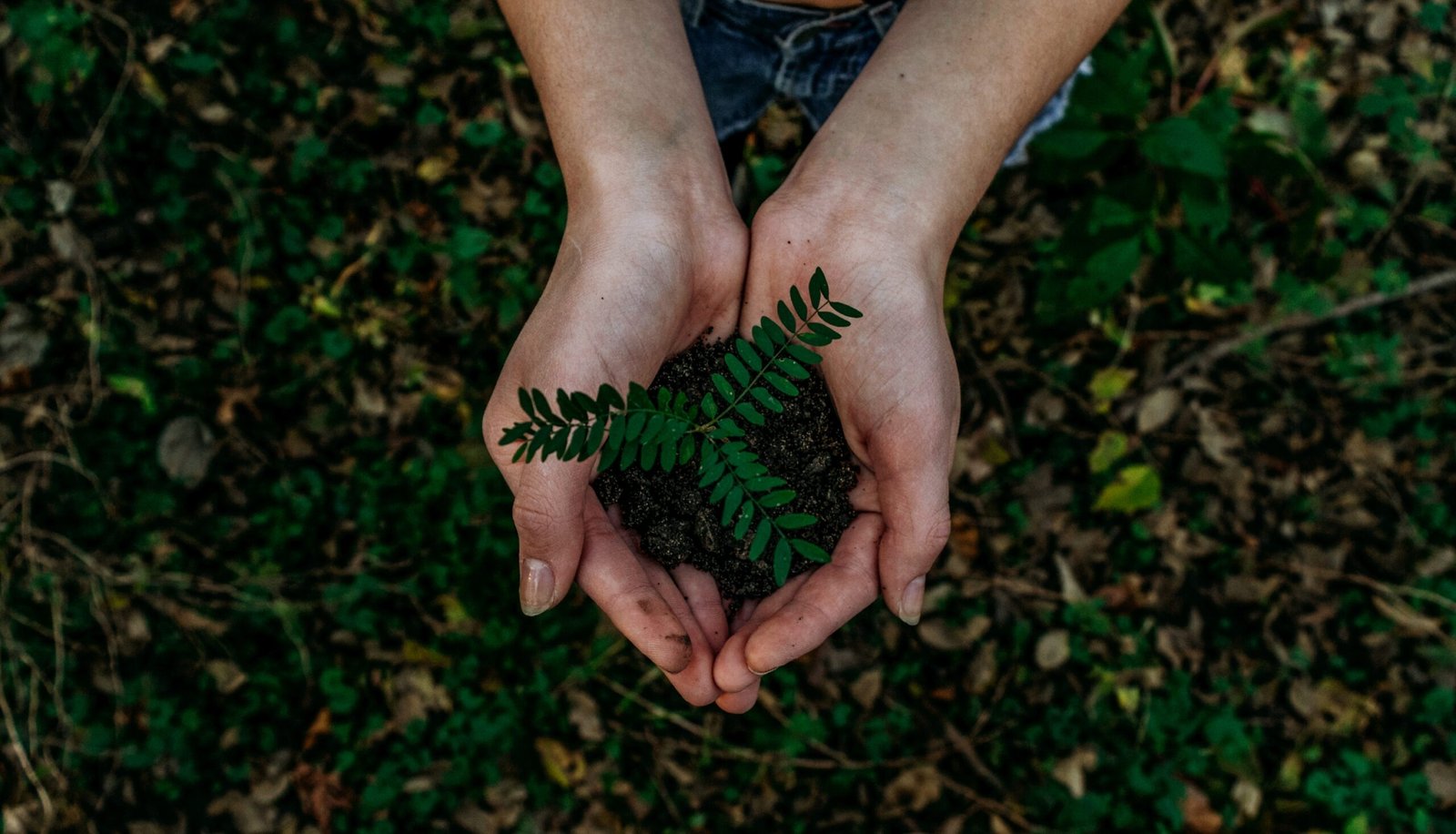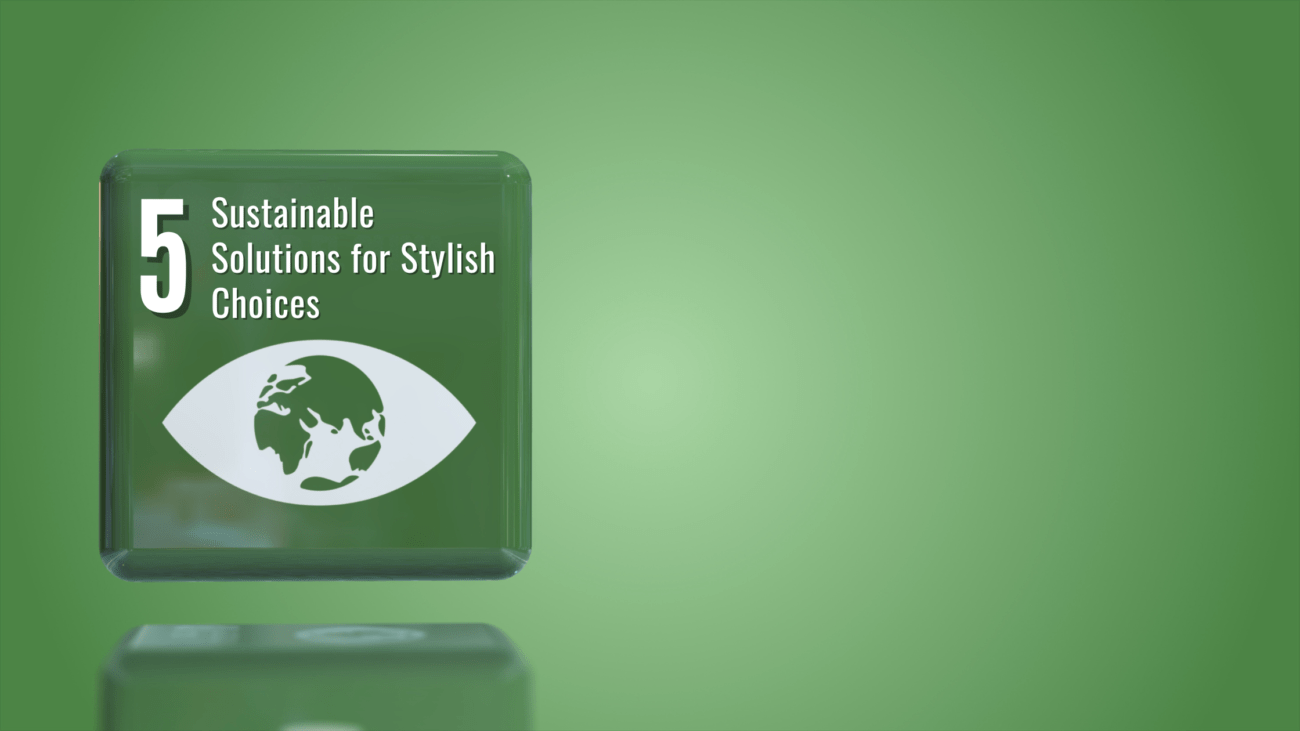The Circular Economy: Redefining Sustainability for a Regenerative Future
In the quest for a sustainable future, the concept of the circular economy has emerged as a transformative approach. This blog explores the principles of the circular economy, its potential to redefine sustainability, and how individuals and businesses can contribute to a regenerative and waste-free future.
Embracing Circular Thinking
The linear economy, characterized by a “take, make, dispose” model, has led to resource depletion and environmental degradation. The circular economy, on the other hand, seeks to design out waste and pollution, keeping products and materials in use for as long as possible. Let’s delve into the key principles of the circular economy.
1. Designing for Longevity and Reusability
- Durable Products: Circular design prioritizes the creation of durable products. By extending the lifespan of goods, we reduce the frequency of replacements, minimizing the environmental impact associated with manufacturing.
- Modularity and Repairability: Products designed with modularity and easy repair in mind contribute to a circular economy. Repairing and upgrading components instead of discarding entire items reduce waste and conserve resources.
- Sharing Economy: Embracing the sharing economy, where individuals share access to products or services, promotes more efficient resource use. Shared items, such as tools or transportation, experience extended utilization.
2. Closing the Loop: Recycling and Upcycling
- Closed-Loop Recycling: Closed-loop recycling systems focus on recycling materials back into the same product, reducing the need for virgin resources. Examples include turning used plastic bottles into new bottles or aluminum cans into new cans.
- Upcycling and Repurposing: Upcycling involves transforming waste materials or unwanted products into items of higher value. This creative approach reduces waste and adds value to materials that would otherwise be discarded.
- Material Innovation: Circular economies prioritize the development of innovative materials that are easily recyclable or biodegradable. This shift away from traditional, hard-to-recycle materials contributes to a more sustainable material ecosystem.
3. Extended Producer Responsibility
- Product Take-Back Programs: Manufacturers in a circular economy take responsibility for the entire life cycle of their products. Implementing take-back programs ensures that end-of-life products are properly recycled or disposed of by the original producer.
- Eco-Labels and Product Traceability: Circular products often come with eco-labels indicating their environmental credentials. Additionally, product traceability allows consumers to make informed choices about the sustainability of the items they purchase.
- Incentives for Sustainability: Governments and industries can introduce incentives for sustainable practices, encouraging producers to adopt circular principles. These incentives may include tax benefits, grants, or recognition for environmentally responsible actions.
4. Shifting from Ownership to Access
- Product as a Service: The circular economy challenges the traditional concept of ownership by promoting “product as a service” models. This includes leasing or renting products rather than purchasing them outright, extending the product’s useful life.
- Digital Platforms and Sharing Apps: Digital platforms facilitate the sharing and renting of goods, promoting collaborative consumption. From clothing to electronics, sharing apps enable access without the need for individual ownership.
- Reverse Logistics: Circular economies prioritize efficient reverse logistics, ensuring that products are collected, refurbished, or recycled at the end of their life cycle. This process maximizes value and minimizes waste.
5. Educating and Engaging Stakeholders
- Consumer Awareness: Education is a cornerstone of the circular economy. Increased consumer awareness fosters a demand for sustainable products and encourages responsible consumption habits.
- Corporate Engagement: Businesses play a crucial role in driving the circular economy. Corporate initiatives, awareness campaigns, and sustainable practices contribute to a broader adoption of circular principles across industries.
- Collaborative Initiatives: Collaborations between governments, businesses, and communities enhance the effectiveness of circular economy initiatives. These partnerships can drive systemic change and accelerate the transition to a circular model.
Conclusion: Transforming Sustainability into Regeneration
The circular economy represents a paradigm shift from a linear, wasteful approach to a regenerative and restorative model. By embracing circular thinking in design, consumption, and waste management, we can collectively work towards a future where resources are conserved, waste is minimized, and the health of the planet is prioritized. Let’s embark on this journey towards a circular economy, redefining sustainability for a regenerative and thriving future.






